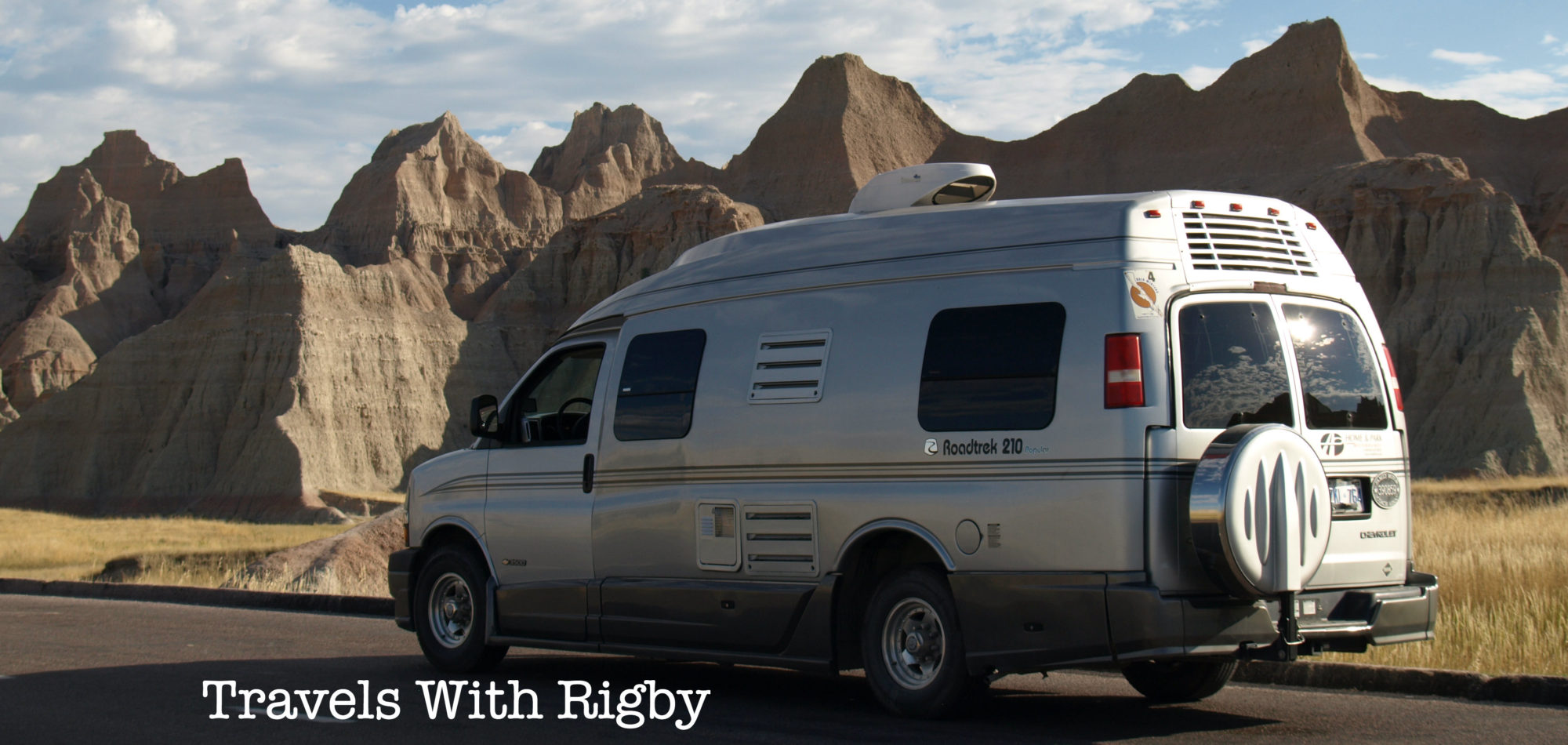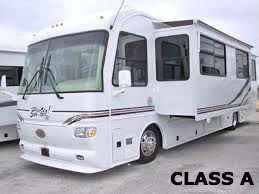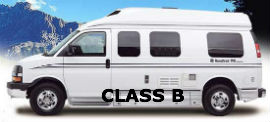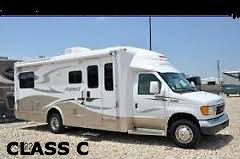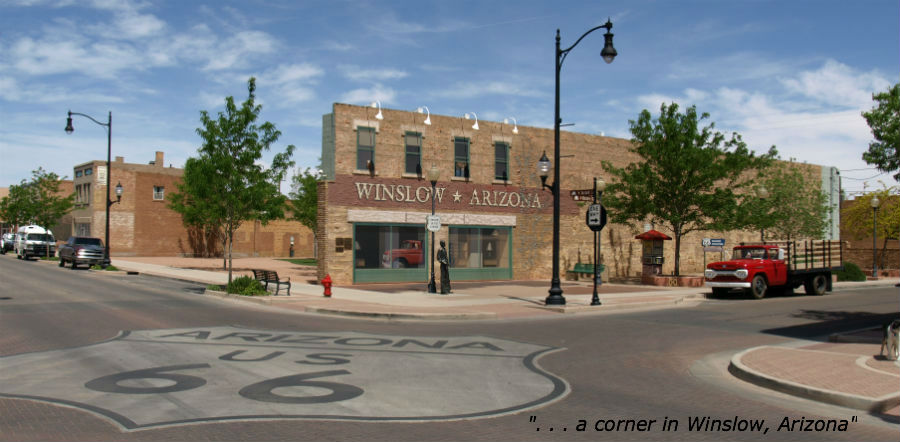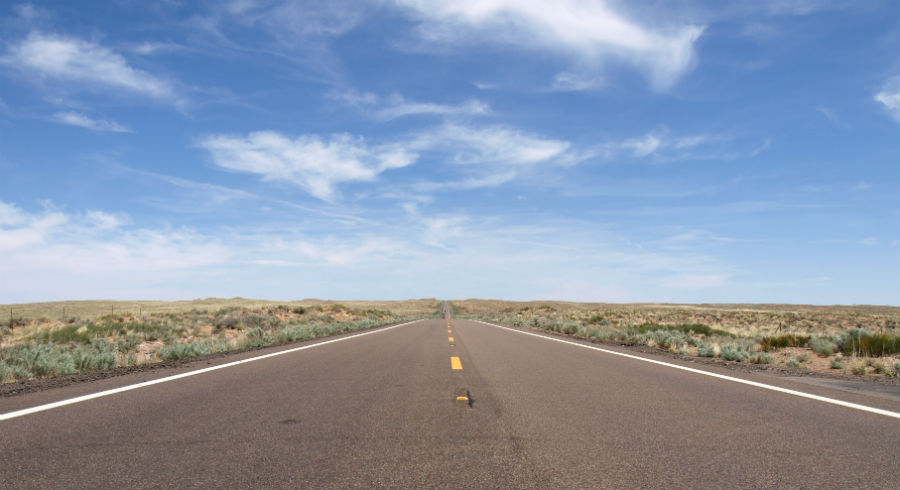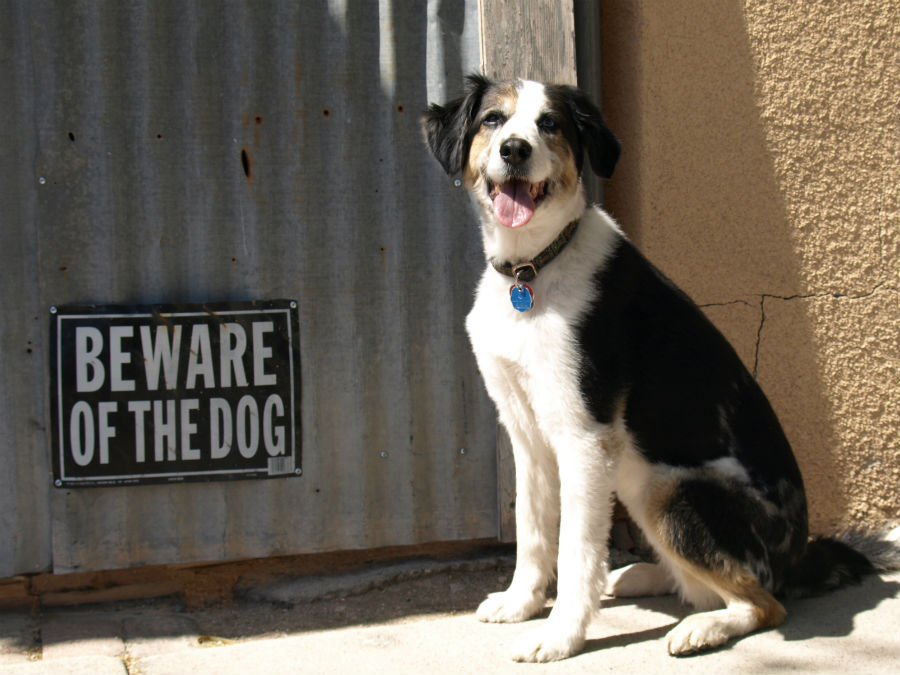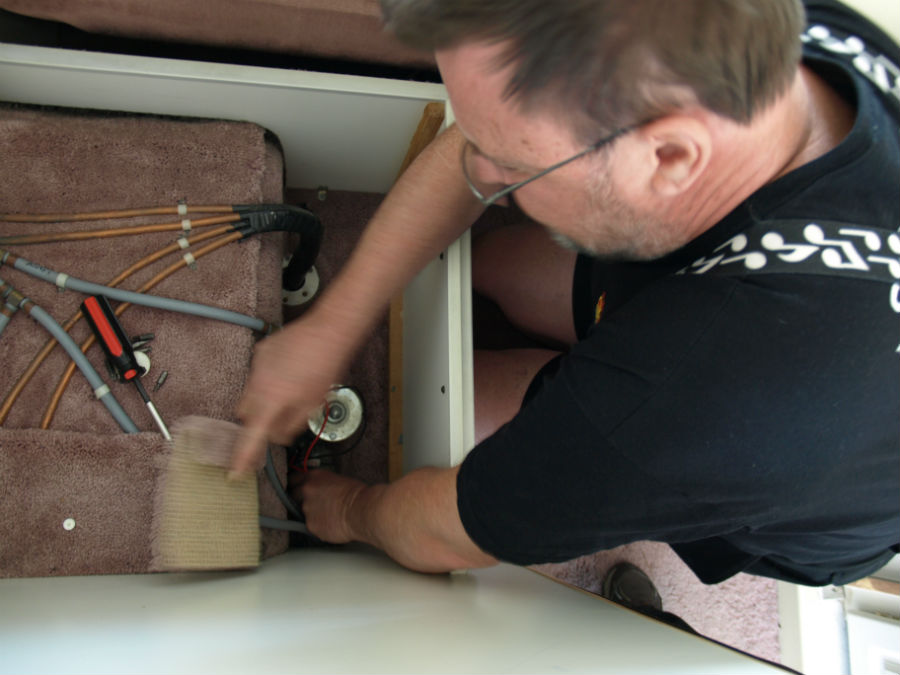SOME TERMS TO HELP IT MAKE SENSE
Musicians share a vernacular specific to the profession and its idiosyncratic qualities, late nights, quirky stage experiences, etc.
GIG: the job. The word has migrated into other professions associated with the arts but not just the arts. Gig also refers to the specific venue – in fact, “see you on the gig” usually means “see you on the bandstand” or “see you at the bar” or wherever the gig is going down or happening.
DOWNBEAT: the first beat of music of the first song of the night, also the name of a jazz magazine. This term is more often used in jazz than other forms. So when you’re talking to a ‘cat’ about his upcoming ‘gig’ – and you want to be there for the start of the show – you ask, “Hey daddy, what time is downbeat?”
BACKBEAT: the 2 and the 4 beat in a standard measure of popular music, where the snare drums falls in the rhythm track. When you find yourself clapping along to blues or jazz music, it’s the backbeat that you’re clapping along with – which is different from celtic or old time Irish music which is more likely to feature the 1 and the 3.
TRAINWRECK: a musical crash or mishap. Usually only egos are bruised and the more spectacular the trainwreck the more likely it is to enter the realm of lore going forward for the attending musicians to be forever memorialized in stories and jokes. For real music fans, trainwrecks are the equivalent of multi-car accidents in NASCAR minus the fire, death and car parts. For musicians, what matters most is not the scale of the trainwreck – epic or minor – but the finese of the recovery. Many small trainwrecks happen in the course of a given gig without the audience catching on. Only trained observers know how to decode the non-verbal language of a successfully overcome trainwreck.
HOTDOG: a musician who can’t hear enough of himself solo – also called “hotdogging.” Usually a term of derision as in “nice gig but an awful lot of hotdogging.” Being a hotdog is not cool, unless you’re a “monster.”
MONSTER: a player of outsized talent or skill, usually a compliment, as in “he’s a monster bassist.” Monsters can get away with a lot because they have been touched by the music gods. Every musician knows a monster that is beyond rehearsal or practice or discipline, who just has the gift.
STANDARD, or JAZZ STANDARD: a song from the big book of American jazz and pop associated with the glorious 20th century of songs created for Broadway, Hollywood, Tin Pan Alley and the big bands of the post-war era. A song becomes a ‘standard’ when it has been recorded a sufficient number of times by a sufficient number of A-list artists – but there is no definition of how many recordings by which artists elevates a song to ‘standard’ status.
TRIO: a verse and chorus in which the rhythm section drops out of the song to make way for all the soloists soloing at once. Often used in traditional or old time Dixieland music. The effect causes the audience to begin clapping on the backbeat and smiling involuntarily.
